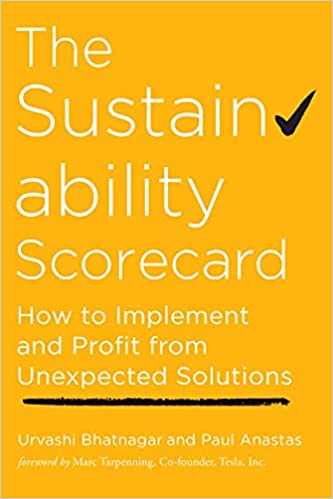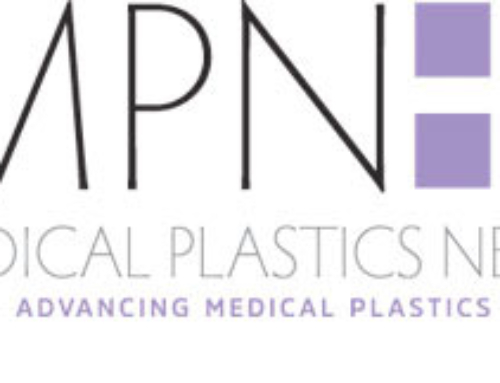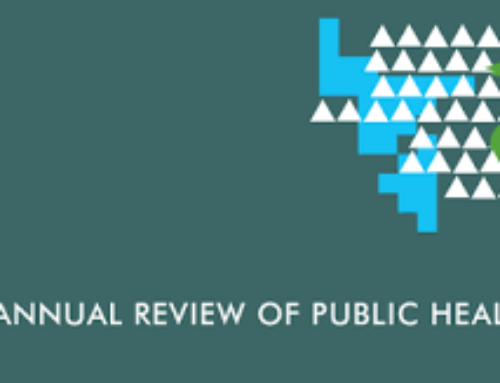Using a rigorous, straightforward scorecard as a guide, this book shows business leaders and innovators how to create breakthrough sustainable products and processes that are good for the planet, human health, and profits.
See excerpt below from The Sustainability Scorecard highlighting reprocessing:
Here’s another example: refurbishing single-use medical devices. The US medical device industries’ obsession with infection control has led to a proliferation of single-use devices that drive up the cost of care to a level that prohibits the communities that need it the most from receiving it. Further, the US healthcare sector is responsible for 9 percent of GHG emissions as well as other toxins. In the United States, this results in 614,000 disability adjusted lost years annually. These sick days affect firms that accommodate for employees who are unable to perform at their highest potential or unable to work due to poor health.
For the most part, materials used in invasive procedures, such as electrophysiology catheters, are designated for single use only. Catheters are high-cost medical devices and are used in huge numbers. Their design is relatively simple, however, and the devices themselves can be easily reprocessed. In fact, catheters have a long history of repeated use in hospitals outside the US.
To further make the sustainability and economic argument for re furbished medical devices, studies have found that rates for postoperative infection, use of antibiotics, and length of stay in the hospital were all exactly the same for patients using refurbished or recycled equipment, and the total cost of surgery was up to 50 percent less.”
One aspect of waste prevention can be managed by way of keeping materials in circulation through recovery and recycling. In the case of the medical devices industry, a solution provided by the American Refurbished Medical Devices Association presents a significant opportunity. For the medical device industry, there are a few complicating factors that affect upcycling and refurbishing medical devices at scale. Researchersallege that original device manufacturers have driven the healthcare industry and medical devices in particular to adopt a “take-make-waste” model so as to drive single-use behavior that maximizes short-term gains derived from high-volume orders. One of the ways that device manufactures achieve this is by building in obsolescence in medical devices, labeling devices as single use even if they can be safely reused or refurbished, or shortening the “best before” dates.” As Dan Vukelich, president of the Association of Medical Device Reprocessors, states: “Just because a device is listed as single-use by device manufacturers doesn’t truly mean that it can only support one-time use. It simply means that the manufacturer has chosen not to perform a cleaning validation.” In addition, reprocessing medical devices for reuse is a strategy that has low uptake among prescribers in the care delivery system due to a lack of awareness. These strategies, while reducing the market’s awareness of and propensity to refurbish, result in short-term profit maximization that ultimately impacts patient health and the environment. However, this approach is not valid-profit maximization is not dependent on volume sales alone or harm of any sort. In 2018, reprocessing companies in the United States, Canada, and Europe reduced hospital solid waste by almost seventy-one hundred tons and generated cost savings of more than $470 million for device consumers.”
There are several examples of reuse devices and equipment that can be prioritized by hospitals. For example, reusable surgical gowns are typically FDA approved for seventy-five reuse cycles before they are no longer suitable for high-level barrier protection. Multiple life-cycle assessments have shown that reusable gowns can generate up to seven fold less solid waste and half the amount of global GHG emissions com pared to single-use gowns. Solutions like this are an important first step; however, they are ultimately “less bad,” as they simply extend the product life without avoiding the ultimate gravesite (landfills). While such a change will result in an improved Sustainability Scorecard output, it is not a perfectly circular strategy that lends itself to complete recover ability of all materials.
Lars Thording is the VP of marketing and public affairs at Innovative Heath, an FDA-regulated medical devices firm that supports cardiology labs in reducing the total cost of patient care through the adoption of new, cutting-edge technology. As a specialty lab, Innovative Health presents unique cardiology use cases for the financial benefit of businesses adopting refurbishing practices in the cardiology service lines-a success story that can and should be adopted across the health care industry. In his analysis of the equipment for atrial fibrillation (commonly known as Afib) ablation, reprocessing the devices for reuse can result in over 30 percent cost avoidance per procedure. When examined against the total number of Afib ablations in the US per year (approximately 366,000), scaled cost-avoidance savings can be extraordinary. Lars has also examined the realized and unrealized savings from such procedures. Although a portion of devices are reprocessed, Innovative Health determines that approximately 52 percent of the savings in the Afib ser vice line alone, across the US, are as yet unrealized. In addition, the market opportunity for traditional device manufacturers to cannibalize their own single-use sales to address the demand from health systems that seek to realize this value can yield additional service lines that will com pound the benefit that we see in the Afib service.
Click Here to order your copy of The Sustainability Scorecard, now available.









